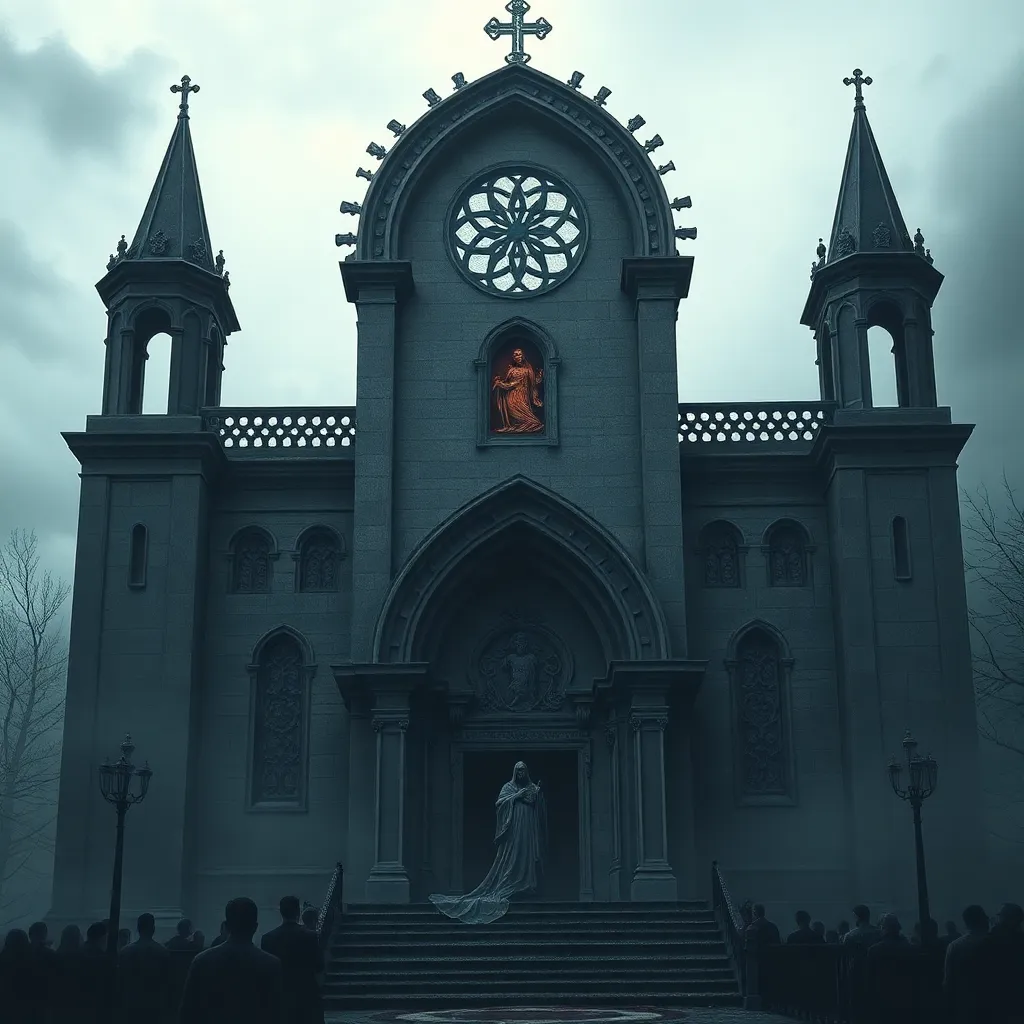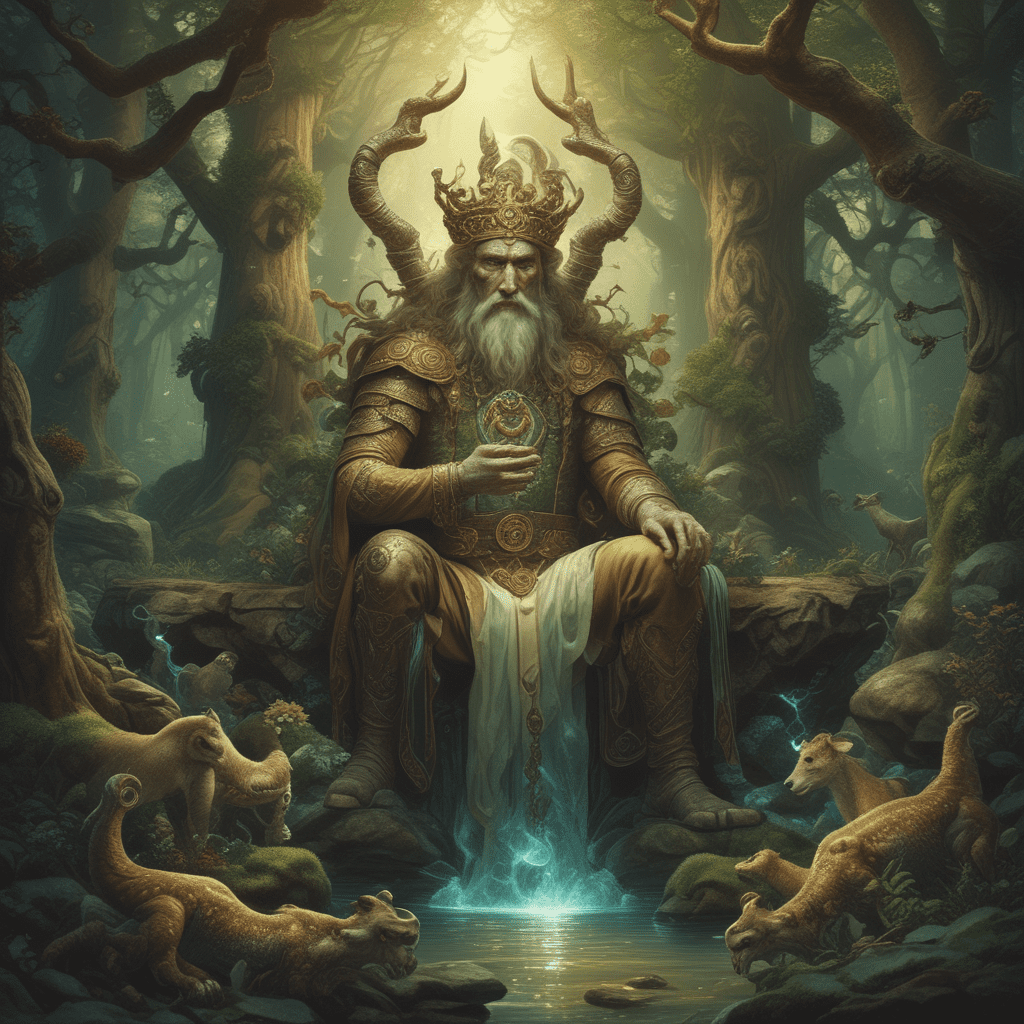Strigoi and the Church: Confronting the Supernatural in Religious Beliefs
I. Introduction
The Strigoi is a fascinating figure rooted in Romanian folklore, often depicted as an undead creature that rises from the grave to haunt the living. This concept of the Strigoi intertwines with broader beliefs in the supernatural that have permeated various religious contexts throughout history.
This article aims to explore the intersection of Strigoi beliefs and Church doctrines, examining how the Church confronts the supernatural and the implications of these beliefs on religious practices and cultural narratives.
II. Historical Background of Strigoi
A. Origins of Strigoi in Romanian Folklore
The Strigoi’s origins can be traced back to ancient Romanian folklore, where these entities were believed to be the spirits of the dead who returned to life. They were often associated with witchcraft and the dark arts, embodying the fears and anxieties of rural communities.
B. Evolution of the Strigoi Legend Over the Centuries
Over the centuries, the Strigoi legend evolved, influenced by Christianity and local superstitions. Initially, these beings were viewed as malevolent spirits, but as folklore developed, they began to take on more complex characteristics, sometimes being depicted as tragic figures or victims of circumstance.
C. Cultural Significance of Strigoi in Eastern European Societies
Strigoi holds significant cultural importance in Eastern Europe, particularly in Romania. They symbolize the struggle between life and death, the known and the unknown. Their legends serve as cautionary tales, reflecting societal norms and fears surrounding death and the afterlife.
III. Theological Perspectives on Supernatural Entities
A. The Church’s View on Supernatural Beings
The Church has historically taken a critical stance on supernatural entities like the Strigoi, often categorizing them as manifestations of evil or manifestations of human sin. This perspective aligns with broader theological views that emphasize the spiritual battle between good and evil.
B. Comparison of Strigoi with Other Supernatural Entities in Religious Texts
Strigoi can be compared to other supernatural entities present in various religious texts, such as demons, ghosts, and other undead figures. These comparisons highlight common themes of fear and morality, as well as the human fascination with the afterlife.
C. The Role of Myth and Folklore in Theological Understanding
Myths and folklore play a crucial role in shaping theological understanding. They can provide insights into the beliefs and practices of communities, reflecting how they interpret spiritual and moral dilemmas. The Strigoi myth, for instance, reveals much about the cultural anxieties surrounding death and the afterlife.
IV. Strigoi in Popular Culture
A. Representation of Strigoi in Literature and Film
In recent years, the Strigoi has gained popularity in literature and film, often depicted as vampires or undead creatures. Works such as Bram Stoker’s “Dracula” and films like “The Nun” have drawn on these traditional legends, reinterpreting them for contemporary audiences.
B. Influence of Popular Culture on Contemporary Beliefs about Strigoi
The portrayal of Strigoi in popular culture has significantly influenced contemporary beliefs. Many people today view these beings through the lens of entertainment rather than traditional folklore, which can lead to a dilution of their original meanings.
C. The Impact of Media Portrayals on Church Teachings
Media portrayals of Strigoi and similar supernatural entities can challenge traditional Church teachings. As these figures become more romanticized or sensationalized, the Church may find it necessary to readdress its doctrines concerning the supernatural and the importance of faith over fear.
V. The Church’s Response to Strigoi Beliefs
A. Historical Responses of the Church to Folklore and Superstition
Historically, the Church has responded to folklore and superstition with a mixture of condemnation and integration. While aiming to eradicate false beliefs, the Church has sometimes incorporated local customs into its practices to maintain its relevance within communities.
B. Modern Church Perspectives on Strigoi and Similar Beliefs
In modern times, the Church’s perspective on Strigoi has become more nuanced. While still asserting that such beliefs stem from fear and misunderstanding, some Church leaders acknowledge the cultural significance of these legends and the psychological needs they fulfill for believers.
C. The Role of Exorcisms and Rituals in Confronting Supernatural Beliefs
Exorcisms and other rituals play a vital role in addressing supernatural beliefs within the Church. These practices not only serve to confront the perceived evil associated with entities like the Strigoi but also provide a sense of community and spiritual healing for those affected by fear.
VI. Psychological and Sociological Implications
A. The Psychological Impact of Belief in Strigoi on Individuals and Communities
The belief in Strigoi can have profound psychological effects on individuals and communities. Fear of the supernatural may lead to anxiety, social isolation, or even the reinforcement of community bonds as individuals come together to confront their fears.
B. Sociological Perspectives on the Persistence of Strigoi Beliefs in Modern Society
From a sociological perspective, the persistence of Strigoi beliefs in modern society can be seen as a reflection of cultural heritage and identity. These beliefs often serve as a means of coping with societal changes and uncertainties, providing a framework for understanding the unknown.
C. The Interaction Between Faith, Fear, and Folklore
The interaction between faith, fear, and folklore is complex. Beliefs in entities like the Strigoi often arise in contexts of fear—fear of death, the unknown, and the moral implications of one’s actions. This interplay can reinforce religious convictions and community structures.
VII. Case Studies: Strigoi and Religious Communities
A. Examination of Specific Instances Where Strigoi Beliefs Influenced Community Practices
In various Eastern European communities, the belief in Strigoi has shaped local practices surrounding death, burial, and mourning. For instance, certain rituals are performed to prevent the dead from returning as Strigoi, showcasing the deep-rooted fear of these entities.
B. Interviews or Testimonies from Believers and Clergy
Interviews with believers and clergy reveal a spectrum of beliefs regarding the Strigoi. Some view them as mere folklore, while others regard them as real threats that necessitate spiritual vigilance and protective measures.
C. Analysis of Community Resilience and Adaptation in the Face of Supernatural Fears
Communities often demonstrate resilience and adaptability in the face of supernatural fears associated with the Strigoi. By blending traditional beliefs with modern understandings of spirituality, they create a unique cultural identity that honors their heritage while navigating contemporary challenges.
VIII. Conclusion
In summary, the exploration of Strigoi and their relation to Church doctrines reveals the complex dynamics between folklore, faith, and the supernatural. The ongoing relevance of Strigoi in contemporary religious discourse highlights how deeply ingrained these beliefs are in the cultural psyche.
As society continues to evolve, the relationship between the Church and supernatural beliefs will likely adapt, reflecting broader changes in understanding faith, fear, and the human condition. The Strigoi, as a cultural and spiritual symbol, remains a compelling testament to humanity’s enduring fascination with the mysteries of life and death.


